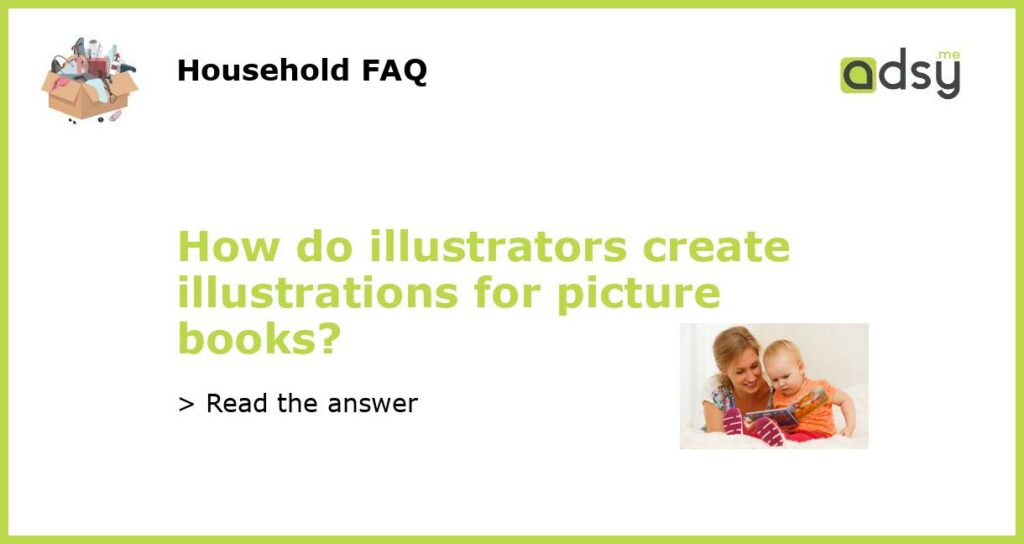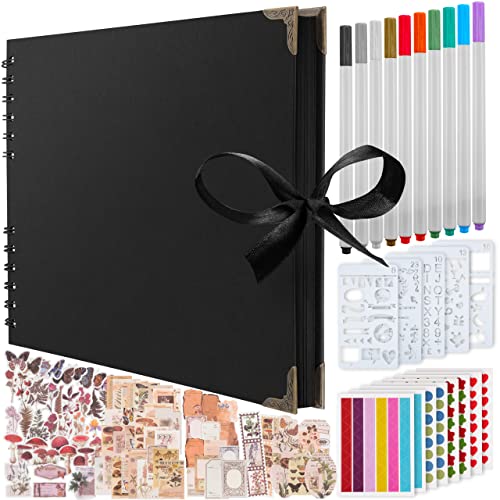Understanding the World of Illustration for Picture Books
Picture books combine stories and illustrations to create a magical reading experience for children. The illustrations play a crucial role in bringing the story to life and engaging young readers. But have you ever wondered how illustrators create these illustrations? What are the steps they follow, and what tools do they use to create these beautiful artworks? In this article, we’ll delve into the world of illustration for picture books and uncover the secrets behind the artistic process.
Step 1: Understanding the Story and the Audience
Before an illustrator can start drawing, they need to understand the story they are illustrating and the target audience. They read the manuscript or story and make notes on the important characters, locations, and emotions portrayed in the text. They also consider the age group the book is intended for and adjust the style and design of their illustrations accordingly. This process allows the illustrator to create illustrations that are not only visually appealing but also resonate with the readers and add depth to the story.
Step 2: Sketching and Storyboarding
After the initial research and planning, illustrators start sketching rough ideas for the illustrations. They experiment with various compositions, poses, and expressions to create a visual narrative that complements the story. This is followed by storyboarding, where the sketches are organized into a sequence, mimicking the flow of the story. The storyboard provides a glimpse of the entire book and helps the illustrator visualize how the illustrations will work together to tell the story.
Step 3: Refining the Sketches and Adding Details
Once the storyboard is approved, illustrators move on to refining their sketches and adding details. They experiment with colors, textures, and lighting to create an atmosphere that supports the story’s mood. They also pay close attention to the character’s anatomy, expressions, and body language to convey their emotions and personality. This process involves multiple rounds of revisions to ensure that the sketches capture the essence of the story and meet the publisher’s requirements.
Step 4: Finalizing the Illustrations and Delivering the Artwork
After the sketches are approved, illustrators finalize their artwork and deliver high-resolution files to the publisher. They use digital tools like Adobe Photoshop or traditional mediums like watercolors or pastels to create the final illustrations. The artwork is often created in layers, allowing the publisher to make changes or add text later. Illustrators also work closely with the editorial team to ensure that the illustrations and text are synced and enhance the reading experience.
Bringing Magical Worlds to Life
Illustrators’ work is a testament to the beauty of visual storytelling. Their ability to create illustrations that capture the essence of a story and resonate with readers is a valuable skill. The process of creating illustrations for picture books is a collaborative effort that involves deep research, creativity, and technical expertise. By understanding the process behind the illustrations, we can truly appreciate the magic that goes into bringing these worlds to life.






